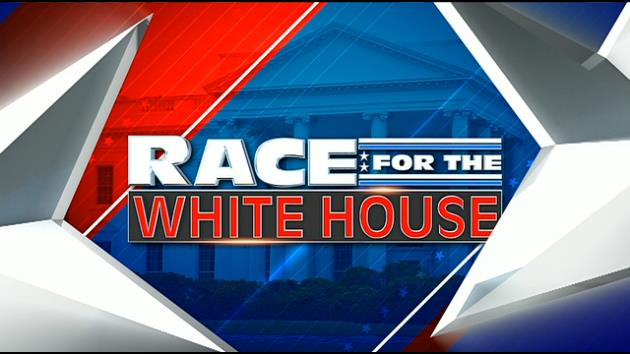It’s getting harder to know who is funding political advertising at the state level as more money becomes anonymous or is filtered from one political action committee to another, a new study finds.
In 2014, the last year in which statewide elections were widespread across the country, only 29 cents of every $1 of independent political spending could be tracked easily to its original individual donor, according to the Brennan Center for Justice at the New York University School of Law. The center found that dark money and what it calls “gray” money are rising even faster in state elections than in federal races.
In places where the costs of elections can be cheaper because word is distributed by direct mail rather than television ads, the spending can have a larger impact.
“Dark money can outspend all,” said Larry Norden, deputy director of the Brennan Center’s program on democracy.
Dark money comes from nonprofit advocacy groups that spend on political purposes but are not subject to campaign finance disclosures. Its rise is one of the effects of the U.S. Supreme Court’s 2010 Citizens United ruling, which removed caps on how much corporations, unions and interest groups can spend on advocacy communications that do not specifically call for the election or defeat of candidates.
That category of spending grew from less than $600,000 in 2006 to nearly $22 million in 2014 in the states the study evaluated.
Despite that rise, the majority of state political spending overall remains from traditional channels where most large contributions must be disclosed: candidates’ official committees and party organizations.
Think #CitizensUnited didn’t matter? Read this. https://t.co/hL97sYGfg1 pic.twitter.com/aohM4FXKcm
— Brennan Center (@BrennanCenter) June 26, 2016
One election with heavy dark money spending was the 2014 Arizona race for two seats on the Public Utilities Commission, which was in the throes of a debate over solar power policy.
More than $3 million in dark money poured into that race through social welfare nonprofit groups that in turn donated to PACs that made independent expenditures. That was up from just $3,000 in total outside spending in a similar race in 2008 — and all the money at that time was linked to specific donors.
Some of the 2014 money came from the Arizona Public Service Company, the state’s biggest utility, but the company has not disclosed how much. There has been litigation since then over whether the public has a right to know how much the company funded. A utility spokeswoman did not return a call.
That election is a prime reason Arizona fast became a hub of dark money. In 2006, there was just $35,000 involved in state races. In 2014, it was over $10 million.
The Brennan study was limited to California, the most populous state, along with Arizona and four others: Alaska, Colorado, Maine and Massachusetts. They were among only nine that had statewide elections in the study years of 2006, 2010 and 2014 and collected enough data on political spending by outside groups to do the analysis. The authors said they did not have enough time to delve into all nine states, so they chose the first six alphabetically.
James Bopp Jr., a conservative Indiana lawyer who has pushed for political contributions to be equated with speech, says the Brennan analysis is misleading.
Many states require advocacy groups to report individual donors who specify that their contributions be used for political purposes. Donors who make general gifts, he said, don’t determine whether it will be used in political ads.
“It would be unfair to attribute that spending to any of your donors,” Bopp said.
The Brennan authors said they were surprised not by the growth of dark money but rather by what they called gray money.
It happens when a super PAC, which is supposed to be independent of a candidate’s campaign organization, takes contributions from other PACs. While all the committees are required to report the source of their funding, it takes digging through multiple reports to find out where the money originates.
That category of spending was far larger than the fully dark money in the six states. It was $42 million in 2006 and tripled to $129 million in 2014.
In California, the report found, strict state reporting requirements and tough enforcement meant there was not a surge in dark or gray money like there was elsewhere. Amounts of both were lower there in 2014 than four years earlier. But the report said voters still did not know who was behind political ads before Election Day in some cases.
The Brennan Center is calling for more disclosure requirements, including mandating that donors be made public before elections.
Copyright 2024 The Associated Press. All rights reserved. This material may not be published, broadcast, rewritten or redistributed.

